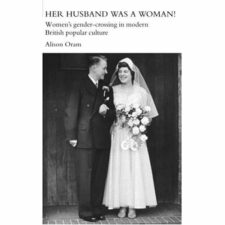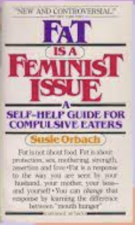Life in the Hawaiian Islands, Nottingham Evening Post, 5 November 1934.
Outside Honolulu, most of the European homes in Hawaii are on sugar or pineapple plantations. The planter will install his wife and family in some great rambling house which he has made habitable and furnished comfortably.
The climate is wonderful, with a maximum of sunshine tempered by occasional cool showers. And because of the lovely climate, it is usual for most people to live more or less out of doors. The houses are adapted to such a life. The lanai, or wide screened verandah, leads from the living-room and runs the length of the house, and here the women and children spend most of the hot part of the day, for, no matter how great the power of the sun, cool breezes blow through the narrow bamboo slats.
The lanai is furnished very simply, but in a most attractive way. On the floor are one or two lauhala mats, and the native woven rush chairs are cool and comfortable. In every lanai too, there is what we call a divan, but in Hawaii is known as punae – a sort of spring couch on four legs, covered with gaily coloured rush matting and piled with cushions. The tables are tiled and washable. On the walls hang baskets filled with lovely little growing ferns, while pots of gay flowering plants add further colour to a delightful scene.
Housekeeping is not a serious problem in the Hawaiian Islands. Fruit is so abundant that folk almost live on it – such fruit too! The golden papaya is said to cure indigestion, so is eaten first thing in the morning. There are also pineapples sweet and juicy, bananas, Avocado pears, bread-fruit and mangoes. Mango food is a dish to dream of, so is cocoanut custard made in the shell of the green coconut.
There is a gas or electric stove for cooking, because the climate does not call for built in fireplaces. And, of course, there is a refrigerator, for the kitchen on the planter’s estate is equipped with every modern device.
Best of all to the white women exiled from their native lands are the gardens. Wonder places where grow in profusion tropica, trees and flowers – palms, tulip trees, hibiscus hedges, poinsettias with their flaming red flowers, bamboos, and bright purple Bourgainvillea. And there will surely be a pool fringed with ferns and shaded by a weeping willow.
C. Romanne-James.
This article appeared in the women’s pages of the Nottingham Evening Post. It is an interesting description that acknowledges the absent ‘other’ of the native Hawaiians through describing its subject as ‘white women’, yet never directly addresses their lives or experiences. Katie Barclay is a historian at the University of Adelaide.

